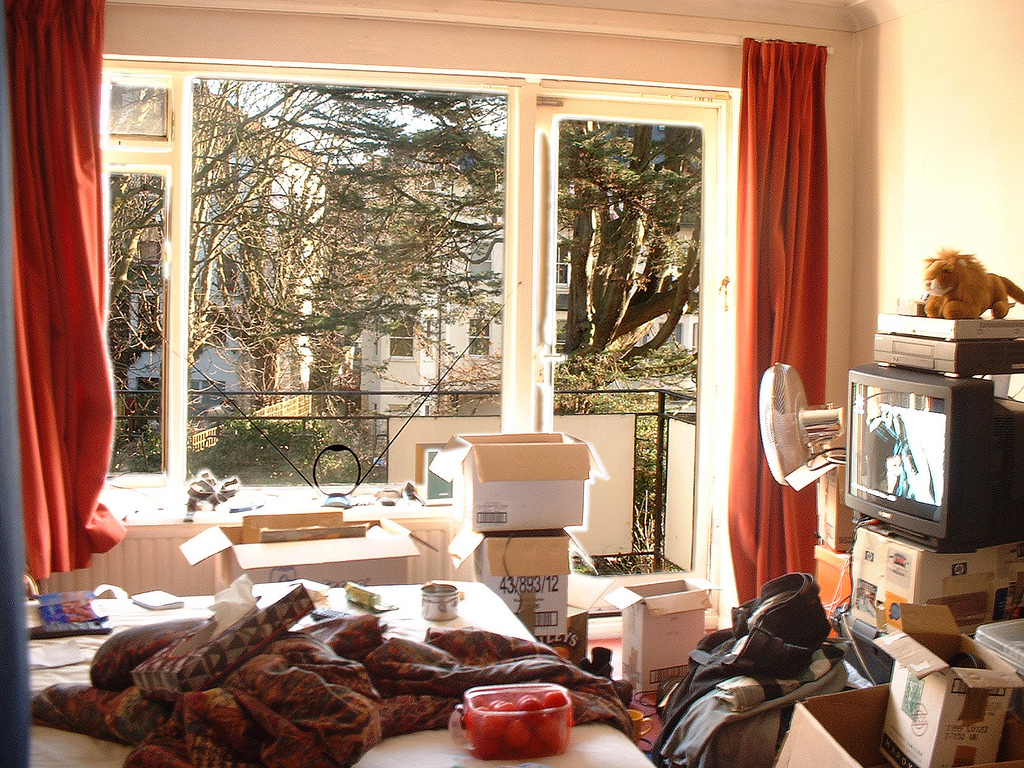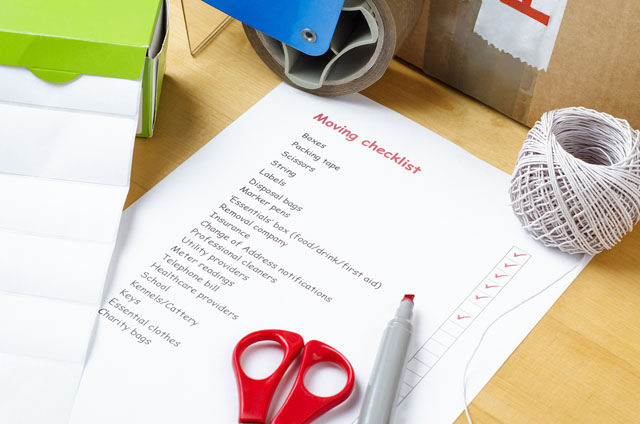How to Load a Portable Storage Container for Moving Long Distance
If you’re getting ready for a significant long-distance move, it’s essential you understand how best to load up your belongings to ensure they make the trip safely. After all, it does you no good to arrive at your destination with destroyed belongings. Luckily, though, with some patience and a few tips, packing your portable storage container will be a smooth process that helps keep everything safe, no matter how many miles you need to roam.
Trace the Edges
One of the most challenging parts of loading a storage container is knowing what to pack first. A good beginning helps you to find that extra space you need as the box begins to fill up. The key is to work your way from the outside edge of the container to the middle. Many people are prone to putting all the more substantial, bulkier items in first, and this is the right idea. However, since they put them in first, they tend to put all these items toward the front of the container.
Instead, pro movers suggest making a single layer of these items all around the outside edge of the container, so you can then utilize the empty spaces in these large items, such as drawers, shelves, and desktops, to load smaller things that need a little extra protection. If you have several layers of bulky items in the front, you’ll inevitably end up with wasted space as there will be openings on some of these items you can’t reach. If you have more bulky items that can’t fit in one layer around the outside edge, then make sure to fill up the empty spaces in the first layer before moving in a second layer.
Stack it Up
It’s highly unlikely that each of the bulky items you’ve already loaded is going to be exactly as tall as the storage container. That means that to get the most out of the extra space, you’re going to need to stack items on top of the things that are already in there. During this process, it’s important to try multiple spaces for items as you’re loading them to ensure you find the best fit.
This part is like a game of Tetris, where you’re trying to build complete rows to advance in the game. If you simply stick a smaller item in the first spot you find that it fits in, you may end up not having the space you need for a larger item that gets loaded later, when that first item could have easily fit in a smaller space. This method will take extra time, but when space is at a premium, it is worth the extra effort involved.
Fill it In
Once you’ve got nice, even rows around the edges of your container, it’s time to fill in the middle. Compared to the other steps to loading your container, in which you’ve been trying to create even rows that didn’t necessarily interlock, you want to try and criss-cross items in the middle to provide a durable stabilizer for the rows around the edges.
Fill in this area with any small or medium-sized boxes and other standalone items, working to utilize every square inch efficiently. For flexible items such as rugs, blankets, and clothing, you can save space by stuffing these items between other things that you don’t want banging into each other during the move. This step ensures you efficiently utilize every last cubic inch of your container, so you can save money by renting the smallest-sized unit possible.
One Last Check
Once you’ve gotten everything loaded, it’s essential to do a good “bump test” on everything in your container to ensure it’s stable. Your belongings will be experiencing a lot of bumps along the way, and you don’t want those bumps to result in items toppling over and potentially breaking. If you notice any weak spots, then either change the arrangement of belongings or use rope or bungee cords to ensure they’re strapped in tightly. Then it’s time to shut the door, call in the moving truck, and get ready for your exciting long-distance move.







